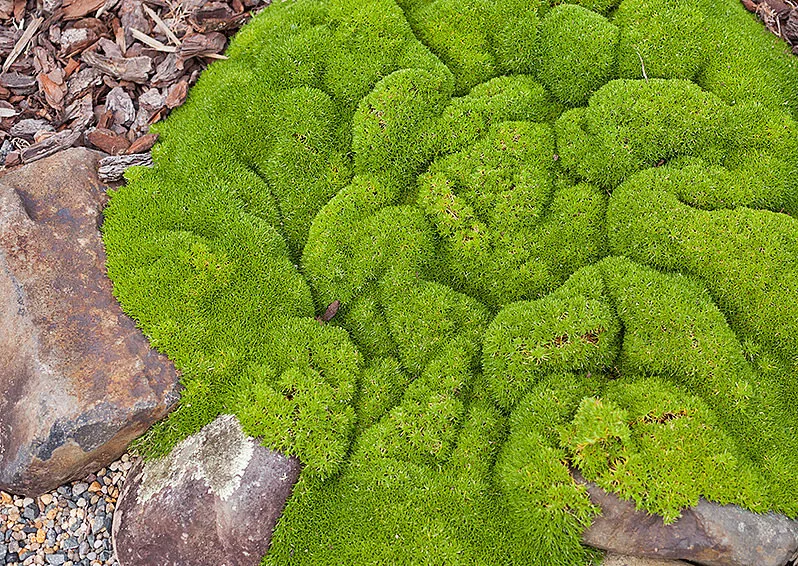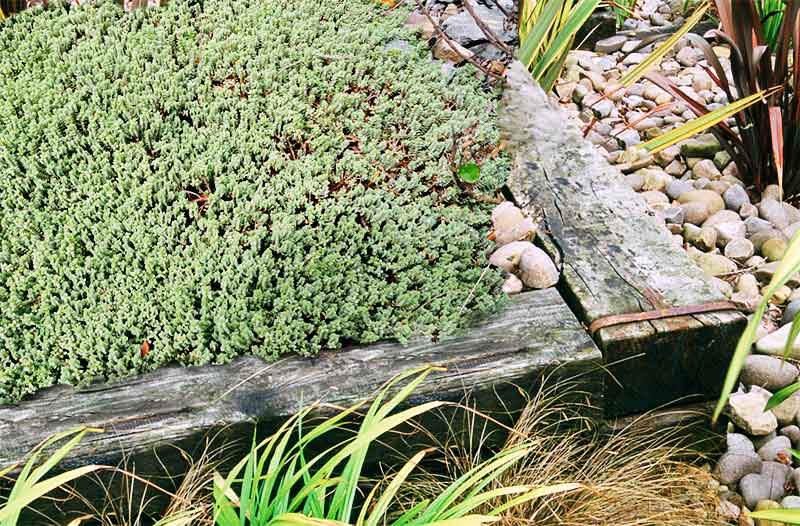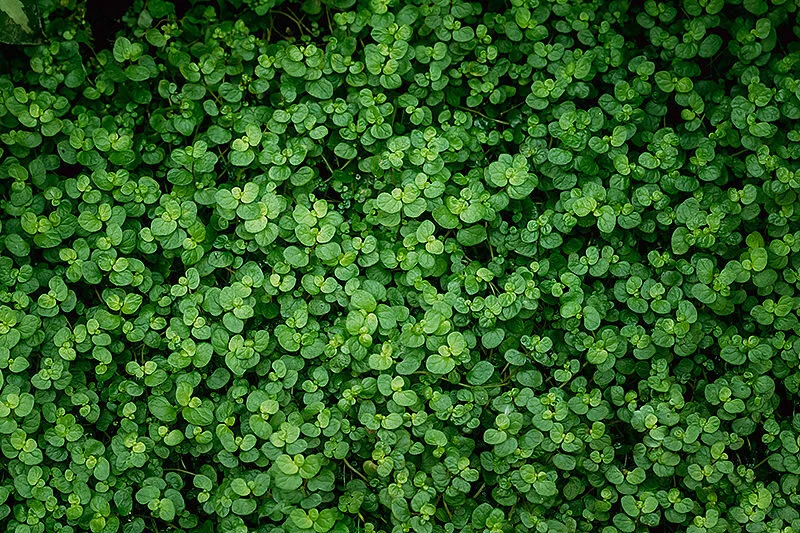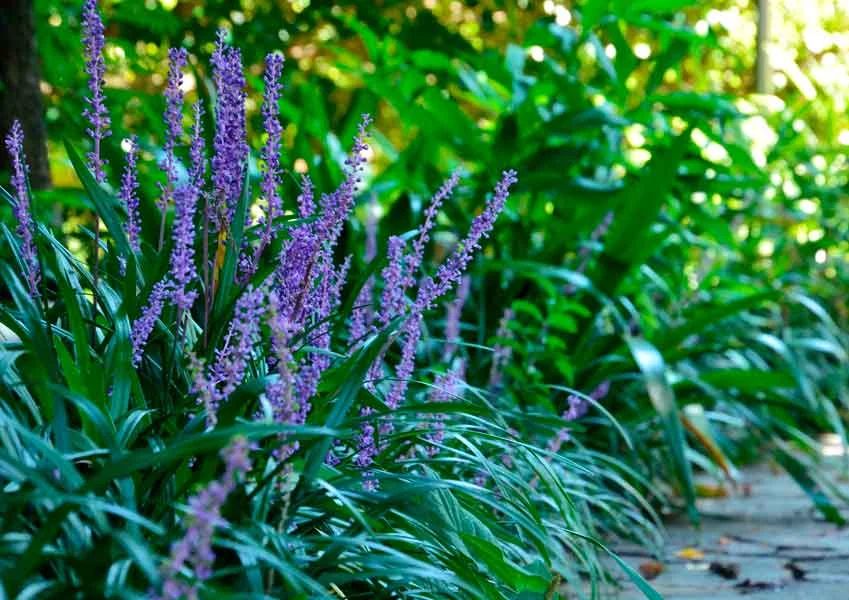7 Ground Cover Plants to Suit Your Garden
No one is born with a pair of gardening gloves and a watering can in their hands. Love for gardening blossoms over time - often with the help of green-fingered family members who like to encourage a new passion to prosper.
Whether you’re a passionate gardener or one who likes to dabble when the fancy takes them, you’ll all share one thing in common: a dislike for pesky weeds. It seems like as soon as you get rid of one lot, a new type takes over. There’s only so much herbicide you’ll want to subject your other plants to.
The Benefits of Ground Cover Plants
That’s why more and more gardeners see the value in ground cover plants. Ground cover plants for your garden not only take up all that spare space that weeds usually steal, but can bring about a whole host of other benefits.
They prevent weed seed germination, perennial weeds, and even protect your soil from water loss and erosion. Ground cover plants are also a form of insulation, a living mulch, and an attractive habitat for insects that wish to call your garden home.
Whether you require ground cover plants for clay soil in New Zealand or something a little less demanding, you’re sure to find something to suit. Below, you can learn all about creeping, carpeting, edging, and fringing ground covers for your garden that will surely give weeds their marching orders.
1. Scleranthus Biflorus - New Zealand Cushion Bush
If you can’t pronounce the scientific name for this ground cover plant, then its more common name of NZ cushion bush will do. You won’t need to embarrass yourself when you’re asking for it at your local garden store. New Zealand cushion bush is a moss-like ground cover plant that thrives in all manner of environments.
Give it stones, gravel, or succulent mix, and it’ll live to tell the tale. While it looks soft, plush, and tempting to pat - refrain. Any damage to this ground cover plant can result in partial death, which can ruin the overall look of it as it takes over your bare space.
2. Pimelea Prostrata - New Zealand Daphne
If you’re looking for ground cover plants for clay soil in NZ, then New Zealand Daphne will come to the rescue. It’s a ground cover plant that originates from coastal dunes, so it’s used to a hard life. It’s also beautiful and produces stunning flowers with a mild scent of honey. However, if you have grazing stock on or near your property, this ground cover plant may not be for you. It’s poisonous for grazing animals.
3. Soleirolia Soleirolii - Baby’s Tears
If you’re trying to put a stop to pesky weeds taking over your paving stones and pathways, then let Baby’s Tears be of assistance. This ground cover plant for your garden is a master of pathway protection, nestling up to the edges of it to form a barrier against weed invasion.
Baby’s Tears thrives in shady and moist conditions, but without frost. It becomes a stunning carpet-like cover that’s both effective and attractive.
4. Coprosma (Taiko) - Prostrate Mingimingi
If you want to make sure your ground covers for your garden are both attractive and useful, then Coprosma may be for you. When you first buy it, it may not be immediately obvious that it’s going to make the best ground cover. However, once it takes off, there’s no stopping it. It forms a thick rug over your chosen garden area that looks neat and tidy with regular trimming.
5. Liriope Muscari - Lilyturf
If your goal with ground cover for your garden is to help with fringing and edging, then Lilyturf can help. This beautiful plant has gorgeous and long leaves and vibrant purple flowers that look picture-perfect in spring.
However, Lilyturf does have its drawbacks. Slugs and snails love it. What’s more, if frost doesn’t kill it back over winter, then you have to remove dead foliage by hand. Otherwise, there are plenty of reasons why this bushy and vibrant plant could be a firm favourite in your garden.
6. Dwarf Agapanthus (Tinkerbell)
Dwarf Agapanthus, also known as Tinkerbell, is a short yet beautiful ground cover plant that can add much life and vibrancy to your garden. It grows in clumps, doesn’t spread without permission, and you can propagate it to build up surrounding areas. Unlike roadside agapanthus, its dwarf cousin is not one to misbehave and can also be useful for stabilising banks that are prone to erosion.
7. Trachelospermum Jasminoides - Star Jasmine
Even though this ground cover plant will take at least two years to mature, it will be worth it when it does. It can climb, form shapes on wires, and provide dense coverage when and where you need it the most. It gets a gold star for versatility. However, it’s not suitable for areas with heavy frost.
It’s Time to Plant
You won’t need much convincing that ground cover plants are a saving grace. Instead of all that back-breaking work to remove weeds, you can rely on ground cover plants to give weeds their marching orders. If you need a helping hand in choosing the right ground cover plants for your garden, then there are plenty of experts who can help. Otherwise, happy planting!







